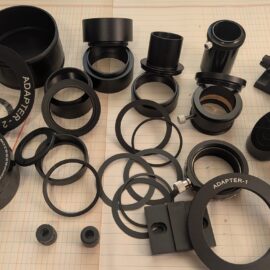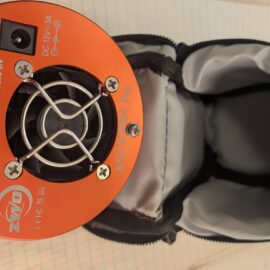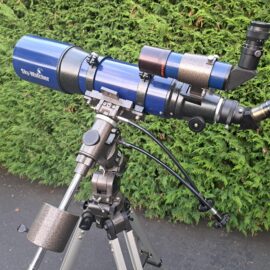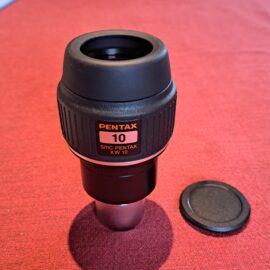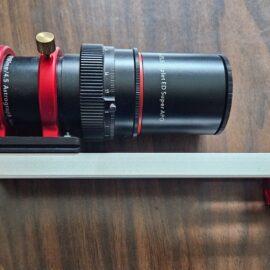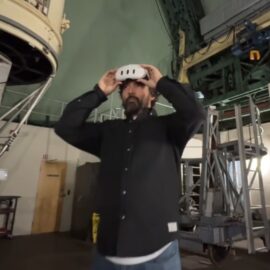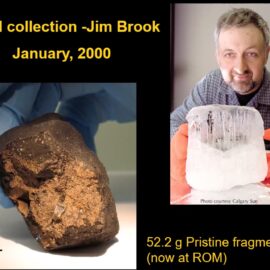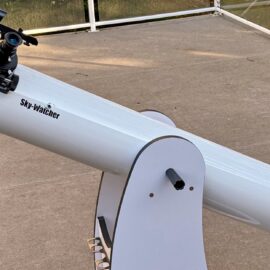If you’re an astro-photographer, you’ll get it: you never have the right connector, adapter or spacer. I’m getting out of the hobby and willing to part with a huge collection of miscellaneous spacers and adapters. I’m even throwing in a 12mm illuminated reticle, worth the price of this collection alone.
FOR SALE: ZWO ASI 183MM Pro camera – $700
FOR SALE: Skywatcher 120mm telescope, EQ3 mount & accessories – $650
FOR SALE: SMC XW Pentax 10mm eyepiece – $350
FOR SALE: Canon T5i, duo band filters, Askar Astrograph, Ioptron mount
Astronomy Cafe – Dec 15, 2025
Astronomy Cafe – Dec 8, 2025
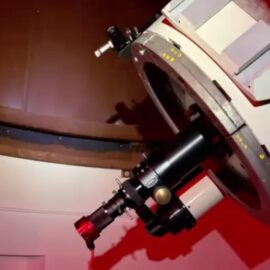
Intro & new attendees – Lauri Roche; Upcoming Astronomy Cafes – Randy Enkin; Astrophotography and 16″ CU telescope upgrades – Brock Johnston; Geminid Meteor Shower in 2014 – Reg Dunkley; The Week That Shaped Astronomy in Victoria – Dennis Crabtree; Newcombe Singers Concert – Randy Enkin; Mizar (and friends) – binary stars – Randy Enkin
UVic Presentation: Observing the Cold Universe with ALMA – Dr. Gerald Schieven

Date/Time: Wednesday December 10, 2025 starting at 7:30PM Location: University of Victoria, Elliott 162. Park in Lot 1 (pay parking) and cross Ring Road – please note the room change!
Much of the universe is very cold, more than 100 degrees below zero Celsius, and cannot be seen by even giant optical or infrared telescopes like Hubble or the James Webb Space Telescope. Instead, we need specially designed telescopes that can detect the cold universe. In this talk we’ll learn about how we can detect cold matter, Canada’s pioneering work in this field, and finally the Atacama Large Millimetre/Submillimetre Array (ALMA), a giant telescope in northern Chile, what it’s like to work there, and some of the really cool stuff it’s discovered.

